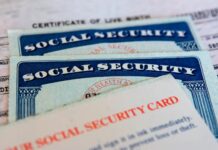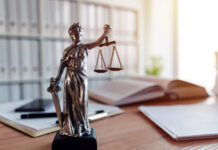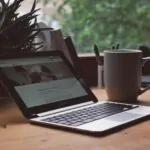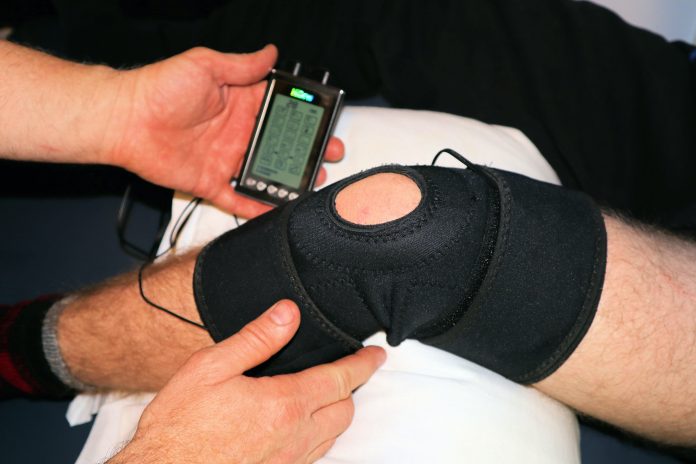
Table of Contents
If you’ve just been involved in an accident the last thing you’re going to be thinking about is collecting evidence. But if you are part of a personal injury lawsuit, or are considering making one, then obtaining the necessary evidence is a crucial way to achieve success!
A formal lawsuit is usually started by an individual personal injury claim being made against another person, corporation, business, or government body. This will detail how the other party acted negligently, irresponsibly, or carelessly with links to a particular injury or accident that caused harm.
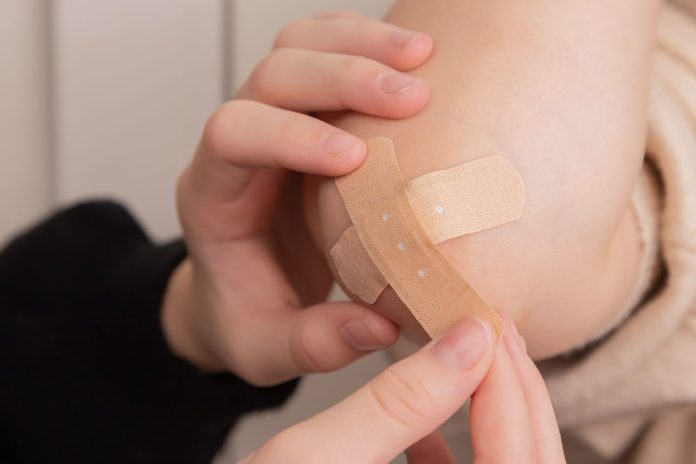
A personal injury lawsuit will then seek to find another party at the fault of the situation via a court judgment instead of a monetary settlement.
If you want to know how to gather evidence for a personal injury lawsuit, you’ve come to the right place!
Record Necessary Details At The Scene
The lawsuits found on TruLaw highlight the importance of recording as much as possible at the scene of the accident. We don’t just mean taking down the details of the other people involved, but also recording every minute injury that is sustained.
Begin by checking that no life-threatening injuries have been sustained and that any minor injuries are immediately treated by a medical professional. Ideally, an ambulance will be called to the scene, yet this depends on the location and severity of the situation.
Otherwise, all involved parties with injuries should arrange to see a local doctor within 72 hours of the incident which can then be recorded and stored ready for use as evidence in a personal injury lawsuit.
Due to shock, it can often be expected that you will forget some of the more specific details of the incident. Try to safely record as much information as you can about what you are seeing and how it is being handled as this could prove to be very useful in a lawsuit.
Collect Photographic Evidence
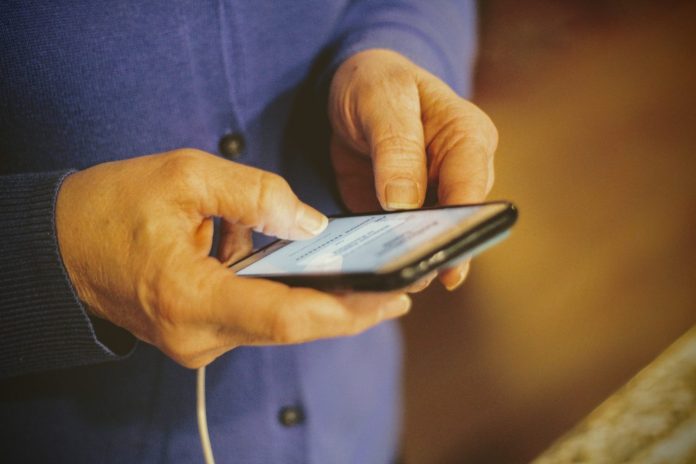
It’s true what they say: a picture really can speak a thousand words! This is doubly relevant in the case of a personal injury lawsuit.
Smartphones are everywhere today. With a size that often fits perfectly into your back pocket and a camera app that can be accessed within a matter of seconds, smartphones are an especially useful tool when it comes to capturing potential evidence for a lawsuit.
There are no rules to what you can and cannot photograph. For a workplace fall, our best advice is to take images of any obstacles in the way that may have caused your fall, the height you fell from, and where you experienced your accident.
Some of the photographic evidence you capture may also be used as a way of identifying certain individuals that might have fled the scene of the accident before their contact details could be accounted for, meaning they will rightfully be legally apprehended for their involvement.
Remember to take photographs of any injuries that you sustain, especially those that showcase the original severity of your injuries.
Record Witness Accounts
A witness statement could be the difference between maximum compensation for the lawsuit or a reduced amount due to splitting liability. If you can think clearly about your actions then noting down the contact details of all unconnected third parties should be done quickly.
Whether these witnesses were simply passing by or stopped to help at the scene, it’s vital to get their details. Committing their evidence to paper will only serve to strengthen your case within the lawsuit.
Usually, these individuals will provide an unbiased or impartial record of the events that occurred. This will help a lawyer and any other legal party to get a clearer picture of what happened leading up to the incident.
For example, obtaining relevant evidence from unbiased emergency services personnel will prove to be stronger and far more factual when you are seeking to prove an instance of negligence. These individuals will likely be far less intimidated and swayed to a particular narrative by any type of legal representative.
Keep A Diary Of Events After The Event
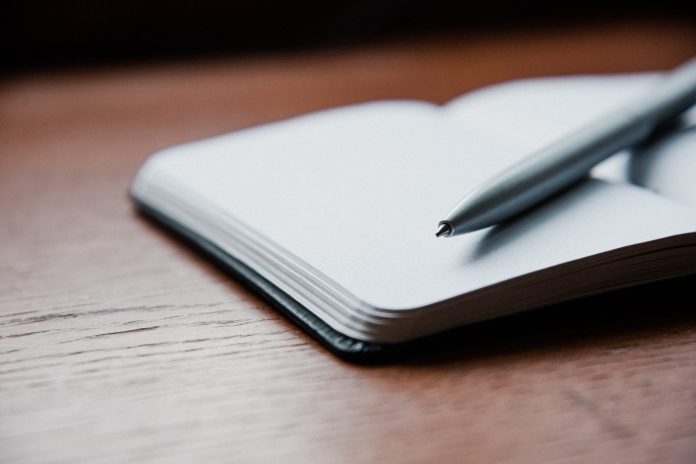
Your records should show the exact circumstances that led up to the event and then the specific events that happen in the aftermath.
For road traffic accidents, you will want to note down important factors including weather conditions, speed of traffic, and level of visibility to support any claims made. Any follow-up phone or text conversations with doctors or witnesses must also be recorded.
This will guarantee a clean record of events which can be especially useful if the case takes a longer time to be resolved. Simply put, keeping a diary of events allows you to filter out unnecessary details and focus on the relevant information if your mind becomes a little foggy.
Record All Expenses
Yes, it’s great to record photographs and witness statements. But it’s equally as important to take note of all out-of-pocket expenses which is generally documentation that must be produced as part of your claim.
Out-of-pocket expenses could include
- The cost of painkillers
- A loss of consistent wages due to taking time off work for recovery
- Additional medical treatment required (such as physiotherapy)
You must keep receipts, invoices, and payslips to send to the other party’s insurance company as proof.
Keep Correspondence In Order
All letters that you receive during the duration of your claim must be kept safe and presented when prompted. For instance, your insurance company might send some important details to you via a letter which can then be added to your records and given to your lawyer. They will then be able to build a case on your behalf.
Summary
Gathering evidence for a personal injury lawsuit isn’t as difficult as it may seem. Every bit of evidence that you present to your lawyer must support your case to demonstrate that you were not the party at fault for the accident. This will allow you to receive the compensation — monetary or otherwise — that you deserve.

